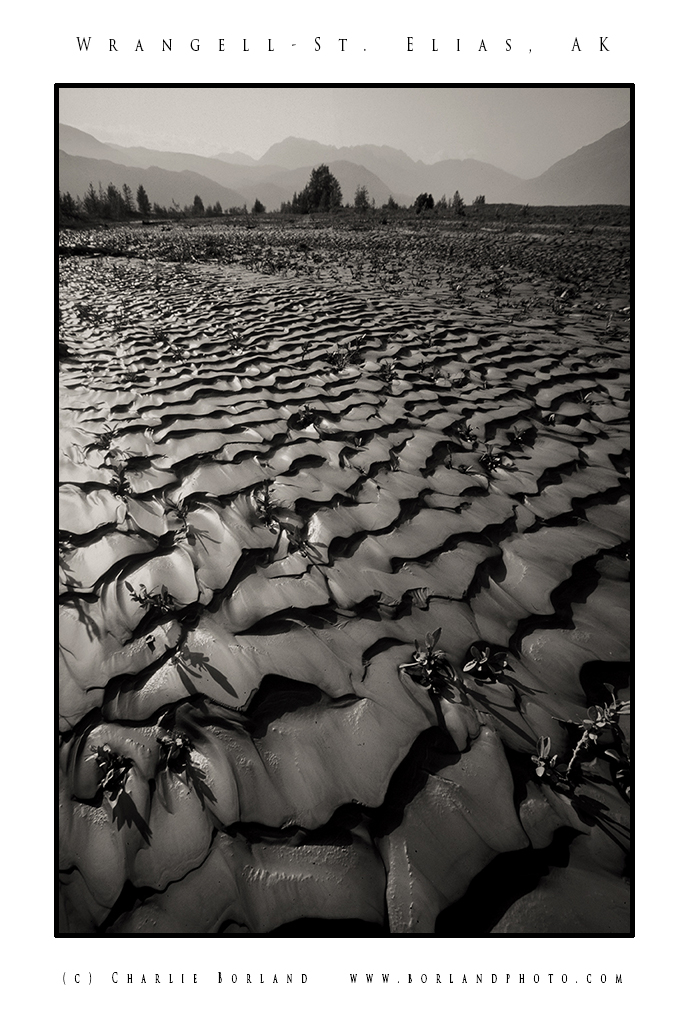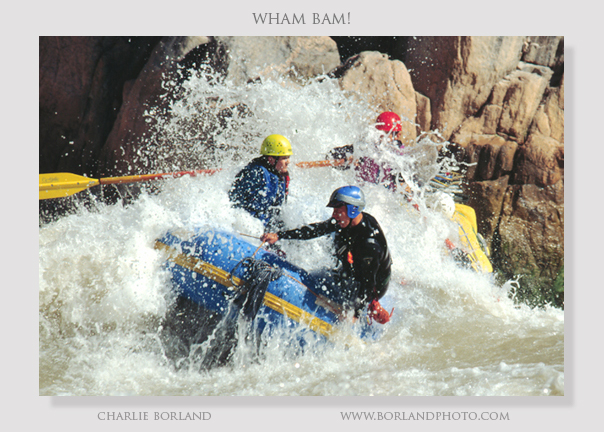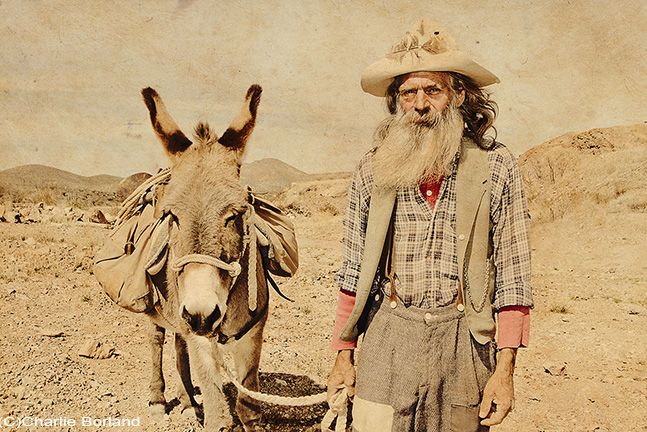


This month I am thrilled, of course, to have a feature article in Outdoor Photographer magazine. It is my second lengthy article in the last year and while I am proud to be published, I thought I would address the idea of writing as an outdoor and nature photographer.
Professional photography is challenging as far as making a living and for many photographers, there is some truth to something I often say: “all money is good money.” While this may not be the same reasoning for all photographers, many are on the constant lookout for new revenue streams.
In my online course: How to Be a Professional Outdoor and Nature Photographer, I mention in one lecture that writing can be a excellent gateway to more profitable ventures. What does that mean?
It has been a few years (too many) since my last Grand Canyon rafting trip where I shot this image. It is Granite Rapid which is pretty ‘hefty’ as you can see here. I am standing on the bank of the river and shot this with a 200mm lens.
Most of our rafts and kaykers stop and watch each boat go through one at a time, for photos and safety. There is a sweep boat ‘eddied’ out below the rapid to pick up anyone should a raft flip in the rapid, also for safety reasons. This is one of many large and powerful rapids in the Grand Canyon.

When I do a trip like this I usually am limited with the amount of gear I can take so I pack my cameras and lenses in Pelican waterproof cases. I take one tripod and one light stand and put those in a small duffel bag. I have another Pelican with flashes, storage devices, cleanibng accessories, and more as well as batteries and lots of them.
Rafting the Grand canyon is a life changing event! If you have done it you know what I mean and if you have not, add it to the bucket list. You will be glad you did!
Join my mailist, grab my ebook here, and check out my online courses on the sidebar.
Flash is such a great tool for all photographers, indoors and out. While most of the imagery I shoot using flash is fairly close to the camera, there is occasionally a subject much further from the camera and flash where the light from the flash just does not get there.
Flashes all have a set range where they can send enough light for proper exposure, but due to the inverse square law, that light reaches a distance where the light falls off. Think or throwing a ball! For a while the ball travels at speed for a certain distance before beginning to drop as that speed slows down.
Keeping all this in mind is important when photographing. Just how far can the subject be before the light won’t reach? It varies on many factors such as how powerful the flash is. The more powerful the further light goes. A Canon 580EXII has a greater range than the
You love photography and want to photograph full time by launching a photography business. Maybe you are unemployed or wish to supplement your retirement income or simply wanting to earn money doing what you love.
For those with jobs you may not want to quit the day job until your business is launched and earning you an income and enough income allowing you can quit that day job. Maybe you are unemployed and if so you can get started right away but be careful if your financial resources are limited.
So how do you get started? I have compiled these ideas into the 12 most important steps I believe are crucial to finding success as a professional photographer in today’s markets.
This past spring I was enjoying quite a bit of time wandering and photographing the Arizona deserts and mountains. While down in the desert I was stunned when I came across this old miner in the desert with his donkey.
We started talking and I asked what he was doing down here in the middle of nowhere. He told me he was the Lost Dutchman Miner of the infamous Lost Dutchman mine. He continued by telling me that he was truly lost in his attempt to relocate his mine.
I replied that he was a long way from the Superstition Mountains, where history suggests the mine is located. He did not comment obviously fearing if he said anything I might start searching for the mine myself. This got me thinking that the mine might not be in the Superstitions after all.
He asked if I had anything to eat as all he had to eat for sometime was beans and hardtack. I happened to be carrying in my camera bag a crab salad sandwich from Subway and one of my favorite beers: McTarnahan’s from Portland Brewing, and it was still ice cold.
I told him I would give him the sandwich and beer if he posed for a picture and so he did not move as I grabbed this shot. I did use flash fill because the sun was high noon and created the shadows in the eyes.
 He scarfed down the sandwich and guzzled the beer (I don’t think he liked it. Never had a beer like that) then without saying a word, headed off into the sunset so to speak, in search of the Mother Lode. I grabbed my gear and went looking for the mine.
He scarfed down the sandwich and guzzled the beer (I don’t think he liked it. Never had a beer like that) then without saying a word, headed off into the sunset so to speak, in search of the Mother Lode. I grabbed my gear and went looking for the mine.
In Photoshop,
I love to tell stories with light and do it with stash-a-flash technique which includes hiding a flash in the scene so that it lights a part of the subject.
This image of a rock climber is in my new book: Outdoor Flash Photography and was taken right before a thunderstorm rolled in. You essentially hide the flash with a remote trigger and in a place that it lights your subject but nothing else.
I hid the flash to light the climber and it worked well but some light spilled elsewhere and I show in the book how to fix that as well as how to add light to other remote subjects when shooting outdoors or on an adventure.
One of the drawbacks of today’s stock sales model, the online one, is that you rarely see your published work. When my agents just send me checks, I never know who bought an image so I can go see the usage and add that to my collection of tears sheets.
Here’s one example. A granola bar ad running in Outside Magazine. It’s my kids backpacking and several from this shoot have been published. I just wonder how many more I have not and never will see. Oh well, I am pleased to have discovered this image.